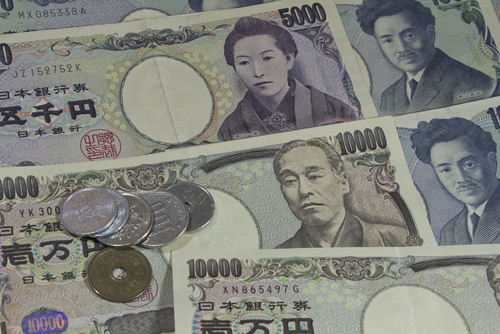BOJ seeks to make its ammunition last longer as options dwindle
TOKYO – Japan’s central bank pledged to keep its massive stimulus in place but made tweaks to reduce adverse effects of its policies on markets and commercial banks, reflecting its view it would take longer for inflation to hit its target.
At a two-day rate review that ended on Tuesday, the Bank of Japan kept its interest rate targets steady but for the first time adopted a forward guidance on future policy, saying it will keep rates “very low” for an “extended period of time.”
As its huge purchases dry up market liquidity and efforts to cap bond yields face difficulty, the central bank also said it would allow yields to rise more naturally and could slow asset buying if market conditions allowed.
Its governor, Haruhiko Kuroda, said the changes in its framework were partly to stamp out speculation that the central bank was about to exit its super loose monetary policy or raise rates.
The decision highlights the dearth of ammunition the BOJ has left to fire up stubbornly-weak inflation, even as other major central banks emerge from crisis-mode policies and stock up policy tools to fight another recession.
“The BOJ did all it can do now. The BOJ has managed to create a foothold to make its yield curve control policy more flexible without lifting the yen,” said Takehiro Noguchi, senior economist at Mizuho Research Institute.
The BOJ maintained its short-term interest rate target at minus 0.1 percent and a pledge to guide 10-year government bond yields around zero percent, as expected, by a 7-2 vote.
But in a change to its policy, it said it would allow long-term rates to fluctuate depending on economic and price developments, and conduct its asset purchases more flexibly.
Kuroda said the central bank will now tolerate 10-year bond yield rises of up to around 0.20 percent, up from around 0.10 percent previously, as keeping yields in too narrow a band would shrink bond trading.
He also said the BOJ’s annual purchases of risky assets could fluctuate, signalling that buying of exchange-traded funds (ETF) may fall below its pledge to buy roughly 6 trillion yen ($53.78 billion) per year.
“We took steps so we can continue our powerful monetary easing longer, because it is taking more time than expected to achieve our price target. I think that with these steps, we can continue with our massive stimulus programme,” Kuroda said.
RATE HIKE TOOL
The yen weakened against the dollar and government bond yields fell, as markets took the BOJ’s moves as reaffirming its commitment to keep monetary policy ultra-loose.
In the days leading up to the meeting, speculation that the BOJ could raise the prospect of an interest rate hike had unsettled financial markets and pushed global bond yields higher.
French and German government bond yields dropped on Tuesday after the BOJ’s pledge to keep rates low, which could drive Japanese investors to continue investing in the euro zone bond market.
The BOJ has failed to break Japan’s entrenched deflationary mindset despite years of heavy money printing, with persistently soft inflation depleting its ammunition and global trade woes clouding the outlook for an export-reliant economy.
In a quarterly review of its projections also released on Tuesday, the BOJ trimmed its price forecasts and conceded inflation could fall short of its target for three more years.
But there is uncertainty over how long it can sustain the current ultra-easy policy given the strain near-zero rates are inflicting on Japanese banks’ earnings and the bond market.
The BOJ had been forced to repeatedly step into the market to cap 10-year yields around 0.11 percent, cementing investors’ perception that was the bank’s line in the sand.
Its huge asset purchases have also drawn criticism, even from some BOJ policymakers, as distorting markets.
The challenge for the BOJ was to create some space to allow for future adjustments to what was becoming an unsustainable stimulus programme, without causing an unwelcome yen spike by fuelling speculation of an early exit.
Its policy moves on Tuesday to some extent make this possible by adding forward guidance communication in its regular policy statements that pledges to keep rates low, taking into account uncertainties on the economy including the effect of a scheduled sales tax hike next October.
In the past, the BOJ gave no guidance on the future path of its interest rates, leaving markets to their own interpretations.
“There was some speculation in the market that the BOJ will seek an early exit from stimulus, or raise rates soon. With this guidance, we can dispel such speculation,” Kuroda said.
But Kuroda did not elaborate on whether the BOJ would keep current yield targets intact at least until the tax hike.
While Tuesday’s measures showed the BOJ was in no rush to raise rates, they could make a shift towards policy normalisation less disruptive, some analysts said.
“It is a very mild policy change by the BOJ but its policy vector is heading towards tightening. The BOJ’s message was to let long-term yields go higher,” said Hiroaki Mutou, chief economist at Tokai Tokyo Research Institute.
“I think the BOJ was successful in tweaking its policy scheme which did not greatly impact markets but introduced a tool, forward guidance for policy rates, for future tightening.”
($1 = 111.0700 yen)

